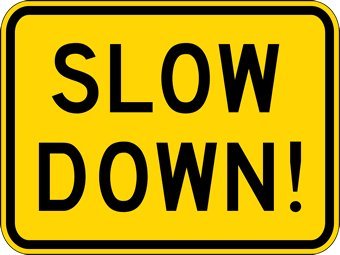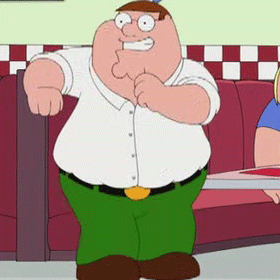
Why is Dance Music Getting Slower?
If you’ve been clubbing over the past several years, you may have noticed that as new music comes out, it’s been getting slower. The BPMs are definitely dropping. But why? The Guardian takes a look at the causes.
For years commercial dance music has been hyperactive, its standard beat per minute (bpm) – punctuated by the success of Calvin Harris et al – resting around 128. Influenced by slow-mo hip-hop acts such as Rae Sremmurd, a shift from MDMA to prescription pills, and the general state of the world, however, that beat rate is slowing. It was reported in August that the pop bpm is now 90.5 (down from 113.5 in 2012), while hip-hop volleys up and down – 70 bpm as of late. “What’s been happening recently is that with big DJs – especially American ones (Skrillex, Diplo, Dillon Francis) – you’re gonna walk into their show and hear half-hip-hop,” explains Jonathan Shecter, former director of programming for Wynn Nightlife in Las Vegas. “Hip-hop is bringing tempos down.”
He points to DJ Snake for helping cross-pollinate this slower hip-hop trend with dance music. “He was the guy that took the electronic world and shifted it down to a slower, more hip-hop-orientated tempo,” he says. That slow-up has affected bookings: “The Chainsmokers are the No 1 artists in Vegas this period, above Calvin, above everybody else.” While Harris still sees staggering paydays – according to Forbes he’s still the highest paid DJ of 2017 – the demand for his previously charged-up performances is slowly dwindling.



